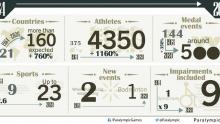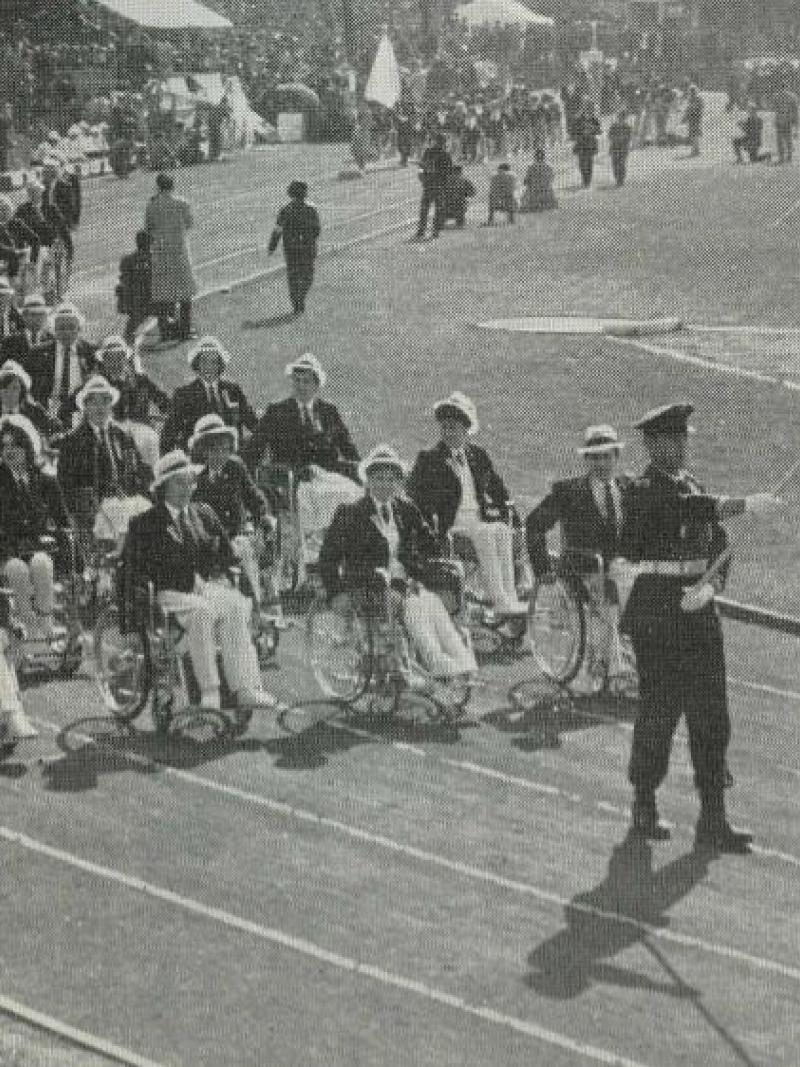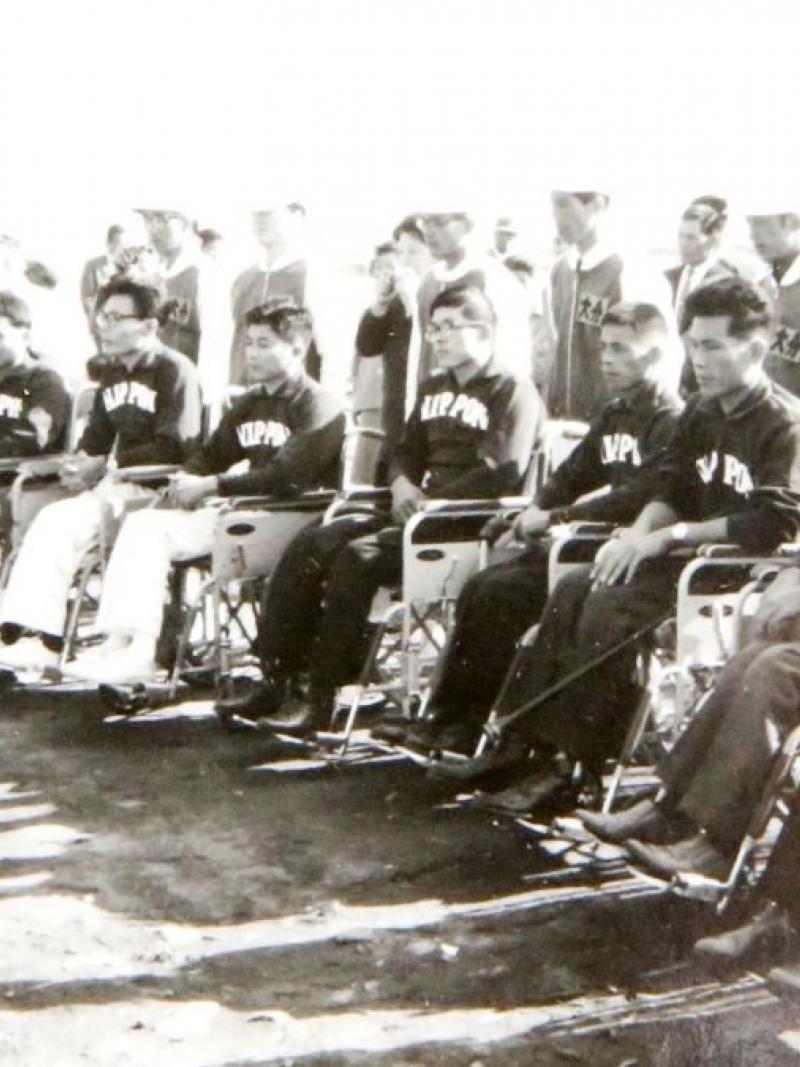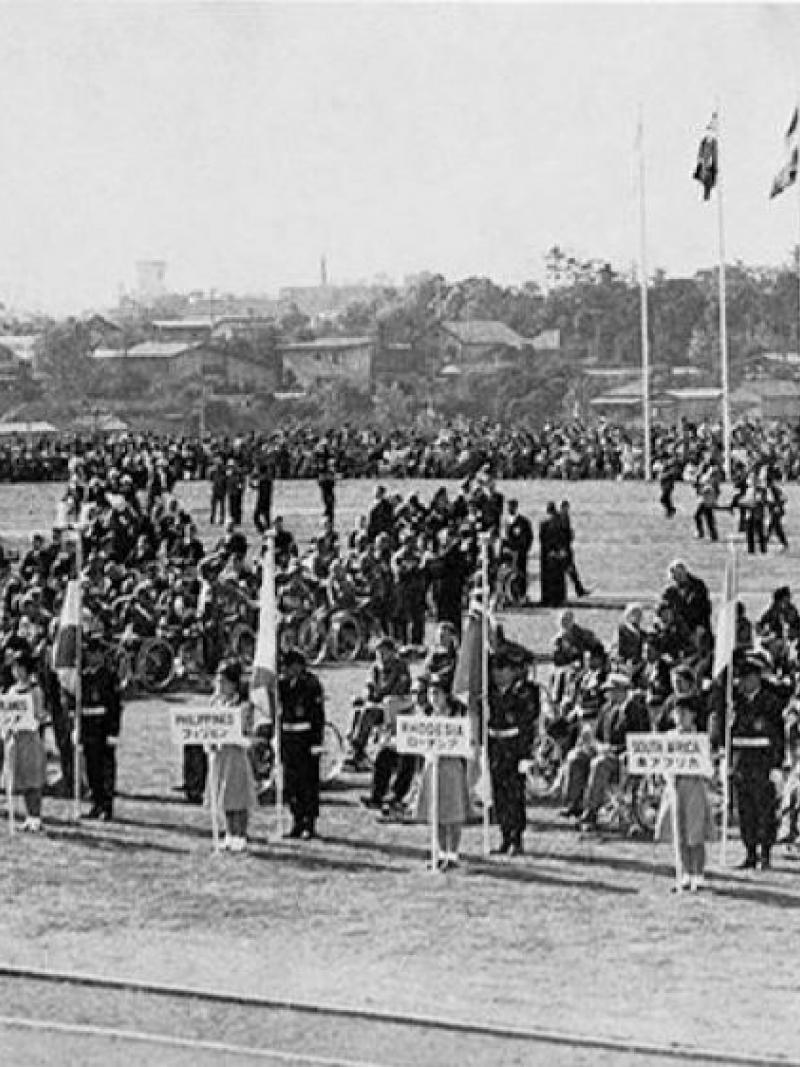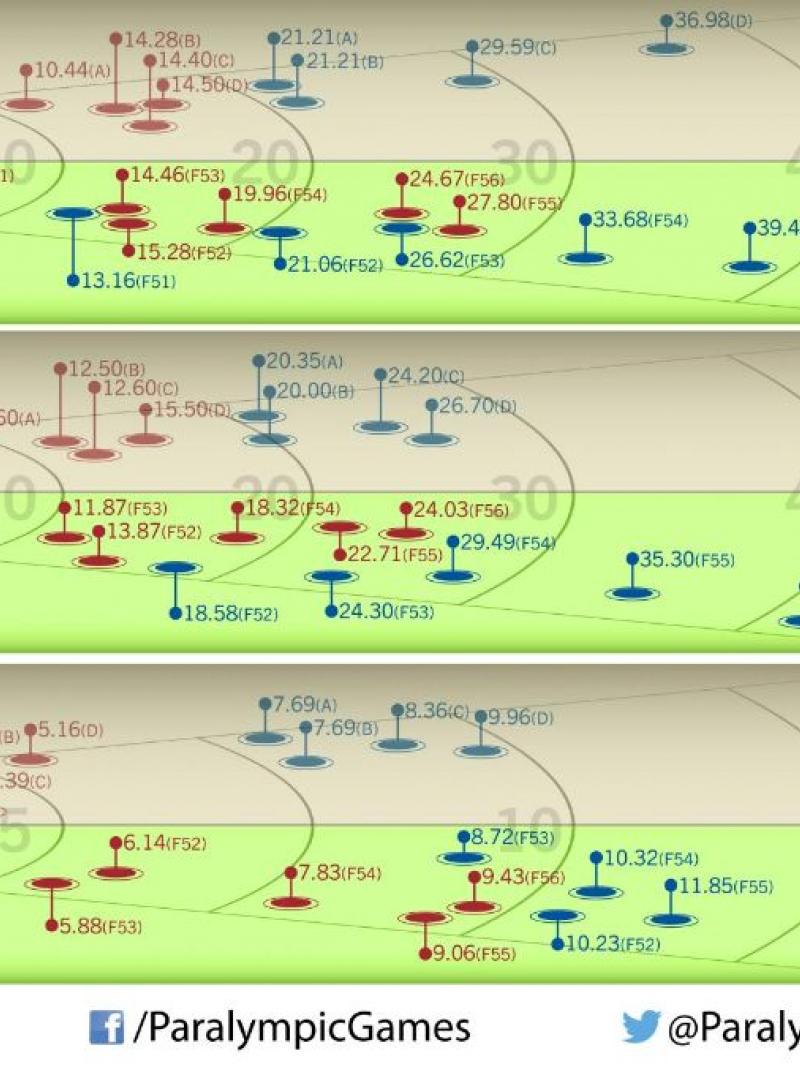Tokyo 1964: developing one of the world’s best transport systems
Find out how athletes were transported to the Tokyo Paralympics 50 years ago and what they can expect to find in the Japanese capital in 2020 10 Nov 2014In 2020 teams will thankfully enjoy much shorter flights with Tokyo’s two international airports connecting directly with hundreds of cities around the world.
Although Tokyo boasts one of the best transport systems in the world, what many people do not know is that much of it was built for the city staging the 1964 Olympic and Paralympic Games.
A system built 50 years ago, today still carries 26 million people safely and punctually every day and is the envy of many cities around the globe.
Back in 1964 when athletes arrived in Tokyo they were greeted by one of the most advanced and hi-tech transport systems ever created, a far cry from the arduous journey many had faced just to reach Tokyo.
To celebrate 50 years since the Tokyo Paralympic Games, www.paralympic.org has taken a look back at what athletes faced in 1964 and what they and spectators can expect in 2020 when the city becomes the first ever to stage the Paralympics for a second time.
Flying to the Games
Although holding the Games in Asia for the first time made it easier from some teams to take part, it proved a huge logistical operation for many of the European teams who undertook fundraising activities to afford the airfares.
Planes were chartered from KLM and Air France and on 4 November 1964 an overnight airlift of teams took place.
The Dutch and Israeli teams boarded a KLM flight in Amsterdam and were impressed that the airline had produced a narrow wheelchair for use in the cramped aisle space on the aircraft. A short hop to London saw the Irish and Maltese teams board together with many athletes from Great Britain.
The remaining British athletes boarded an Air France flight in London that had already picked up the French, Belgian and Swiss teams in Paris. In Hamburg, teams from Austria, Germany and Sweden also joined, ready for the 23 hour long flight to Tokyo’s Haneda Airport.
“It was a very comfortable and uneventful flight – except at times for me, as I developed a nasty bout of air sickness, which my less charitable friends attributed to an overabundance of champagne,” Joan Scruton, the Honorary Secretary of the International Stoke Mandeville Games Committee remarked in the post Games report.
In 2020 teams will thankfully enjoy much shorter flights with Tokyo’s two international airports connecting directly with hundreds of cities around the world.
Between them Haneda Airport and Narita International Airport handle over 100 million passengers each year and both benefit from excellent accessibility for all.
According to Susumu Matsushima, Director for Transport at the Tokyo Metropolitan Government Bureau of Olympic and Paralympic Games Preparation, further improvements will be made ahead of 2020.
“The national government is taking the lead on projects to strengthen Japan’s airport functions,” said Matsushima. “This comprises expansion of landing and take-off slots, improvements in direct airport bus services, and other measures aimed at enhancing airport-related services.
“Plans are also underway to construct a terminal and pier large enough to receive large cruise ships in Tokyo Bay, the maritime gateway to Japan’s capital, and create a welcoming environment for the reception of both domestic and international tourists.”
Transport infrastructure
The Tokyo 1964 Games was a catalyst for the construction of a far-reaching and efficient transport infrastructure, which the city still benefits from today.
In response to the onset of mass motorisation, a rapid construction programme including the Metropolitan Expressway, the main artery of Tokyo, and many other major thoroughfares was undertaken.
For the Games five expressways were constructed along with 22 main roads, adding a further 80km of roads in less than six years.
Major advances were also underway in the construction of Tokyo’s subway system and suburban railway network, which now connect 760 stations.
The most iconic transportation legacy of the 1964 Games is Japan’s Shinkansen bullet train, the world’s first train to exceed speeds of 200km/h, which did much to showcase Japan’s technological prowess to the world. Since then, the Shinkansen has carried 5.6 billion passengers between Tokyo and Osaka.
Ahead of 2020, many projects related to the Games have been integrated into the long-term infrastructure plans that are already in existence as Matsushima explained.
“The first of our major infrastructure projects is the construction of three major ring roads around Tokyo. Construction is being accelerated on this project to ensure that the three ring roads are 90 per cent completed by 2020.”
One of Tokyo’s main priorities for the next six years is to further enhance the city’s barrier-free environment to cater for the many people with a wide range of impairments from Japan and abroad who will attend the Paralympic Games.
This will not just apply to Games venues, but also to major tourist destinations and transport hubs.
“We will work closely with all concerned railway companies and organisations to ensure that all necessary construction is completed by the time of the Games, and that we achieve our objective of creating an environment in which everyone will be able to travel safely and hassle-free,” said Matsushima.
The Tokyo 1964 Paralympic Games featured 378 athletes from 21 countries who participated in nine sports. In 2020 the Games will take place between 25 August and 9 September and are expected to attract around 4,300 athletes from more than 170 countries.
 Facebook
Facebook
 Instagram
Instagram
 Twitter
Twitter
 Youtube
Youtube



